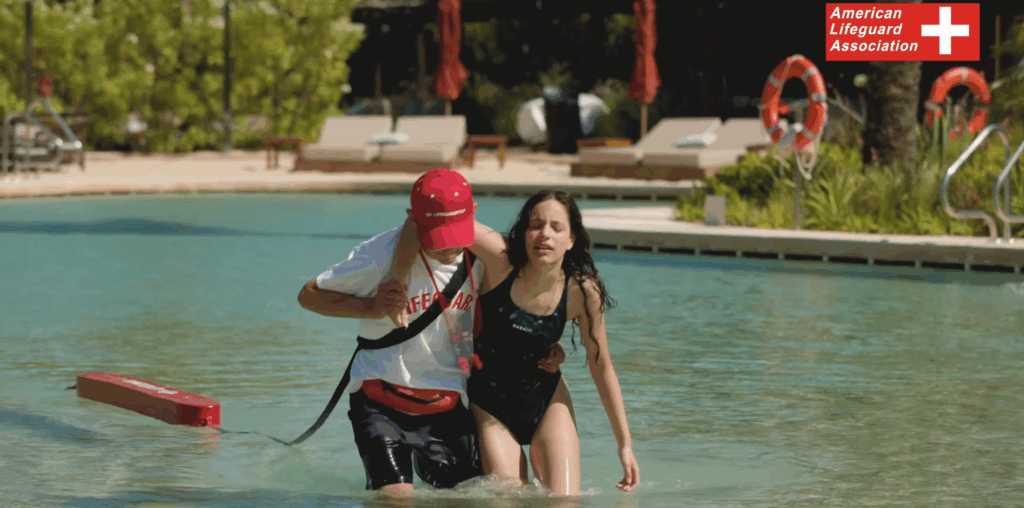Lifeguards are often the unsung heroes of pools, beaches, and waterparks. Their responsibility is to ensure the safety of individuals enjoying water activities, which can sometimes be a hazardous experience. To equip these vital safety professionals with the skills and knowledge they need to perform effectively, lifeguard training programs play a crucial role. One of the most reputable organizations offering top-tier lifeguard training is the American Lifeguard Association (ALA), which has certified thousands of lifeguards across the nation.
Why Lifeguard Training is Essential
Water activities are a beloved part of life for many people, but they come with inherent risks. Accidental drownings, near-drownings, and other aquatic emergencies happen unexpectedly, often when least anticipated. The role of a trained lifeguard is to prevent these incidents and act quickly when accidents occur. But without proper training, even the most well-meaning individuals would struggle to respond adequately.
Lifeguard training provides several key benefits:
-
Preventing Accidents: A well-trained lifeguard can identify hazards before they result in accidents. They are taught how to assess water conditions, monitor the behavior of swimmers, and ensure that the environment is safe for all visitors.
-
Responding to Emergencies: In the event of an emergency, such as a drowning, lifeguards must react swiftly. Training prepares them for a variety of emergency scenarios, from performing CPR to rescuing individuals in distress.
-
Building Confidence: Lifeguard training boosts confidence. When lifeguards are properly trained, they know they can handle an emergency and save lives when it matters most.
-
Legal Protection: Certified lifeguards are better protected under the law. In case of an incident, their training and certification act as proof of their competence and professionalism, providing them with the legal backing to perform their duties.
The Comprehensive Nature of Lifeguard Training
The American Lifeguard Association ensures its trainees receive an extensive and thorough education on water safety and emergency procedures. The training consists of both theoretical knowledge and hands-on practice, covering everything from swimming techniques to first aid protocols.
-
Water Rescue Skills: Lifeguards are taught various rescue techniques based on the situation, including how to handle individuals who may be panicked or injured. They learn how to approach swimmers in distress, properly use rescue tubes, and safely bring victims back to shore.
-
CPR and First Aid: Lifeguards are trained in CPR (Cardiopulmonary Resuscitation) and basic first aid, which are essential skills when dealing with emergencies like choking, heart attacks, or drowning. They are also taught to use automated external defibrillators (AEDs) for situations involving cardiac arrest.
-
Surveillance and Monitoring: Lifeguards are trained to effectively observe the water and the surrounding areas to spot potential risks or dangerous situations. This part of the training helps them spot risky behaviors (such as horseplay) and identify swimmers who may be struggling.
-
Handling Special Needs: Lifeguard training also includes methods for working with individuals with special needs, ensuring that everyone, regardless of their physical abilities, can enjoy the water safely.
Key Elements of a Lifeguard Certification Program by the ALA
When choosing a lifeguard certification program, it’s essential to choose one that is both comprehensive and recognized nationwide. The American Lifeguard Association offers a robust training program that covers all the critical aspects of lifeguarding, making it one of the top choices for those seeking certification.
-
Full Certification Process: The certification process includes a series of skills tests, including swimming endurance, rescue techniques, and the ability to administer first aid and CPR. Participants must also pass written exams that assess their knowledge of lifeguard protocols and procedures.
-
Course Duration: A typical ALA lifeguard certification course spans several days, depending on the depth of the program. This allows for both in-class instruction and practical, real-world practice in simulated rescue scenarios.
-
Ongoing Education: Lifeguard training doesn’t end with certification. The ALA encourages ongoing education to keep lifeguards up-to-date with the latest safety protocols, new technologies (such as advanced life-saving equipment), and updated legal requirements.
Why Choose the American Lifeguard Association
The American Lifeguard Association stands out as a leading provider of lifeguard certification programs for several key reasons:
-
Accreditation and Recognition: The ALA’s certification is recognized nationwide and globally, ensuring that lifeguards trained through their program meet the highest industry standards.
-
Experienced Instructors: The ALA employs highly experienced instructors who have worked in various lifeguard positions and are experts in both safety protocols and rescue techniques.
-
Updated and Relevant Training: The ALA consistently updates its training courses to keep up with changes in water safety practices and technological advancements.
-
Flexible Learning Options: The ALA offers both in-person and online training courses to accommodate different learning preferences and schedules.
The Benefits of Lifeguard Certification for Employers
For employers, having certified lifeguards on staff is not just a safety measure but also a smart business move. Ensuring the safety of visitors helps prevent potential lawsuits and incidents that could damage a brand’s reputation. Trained lifeguards also contribute to a positive atmosphere, as visitors can feel confident that their safety is a priority.
By partnering with the American Lifeguard Association, employers can ensure that their staff is well-prepared to handle any aquatic emergency, offering both peace of mind and legal protection.
Conclusion
Lifeguard training is not just about swimming; it’s about saving lives, preventing accidents, and providing a safe environment for everyone. Whether you’re looking to become a lifeguard or are an employer seeking certified professionals, the American Lifeguard Association offers the most comprehensive and reliable training programs available.
With their state-of-the-art training, experienced instructors, and extensive resources, the American Lifeguard Association is dedicated to ensuring that lifeguards are prepared for any situation, ensuring the safety and well-being of everyone who enjoys water activities. If you’re serious about lifeguard training, trust the American Lifeguard Association to provide you with the certification and skills you need to be a true lifesaver.




